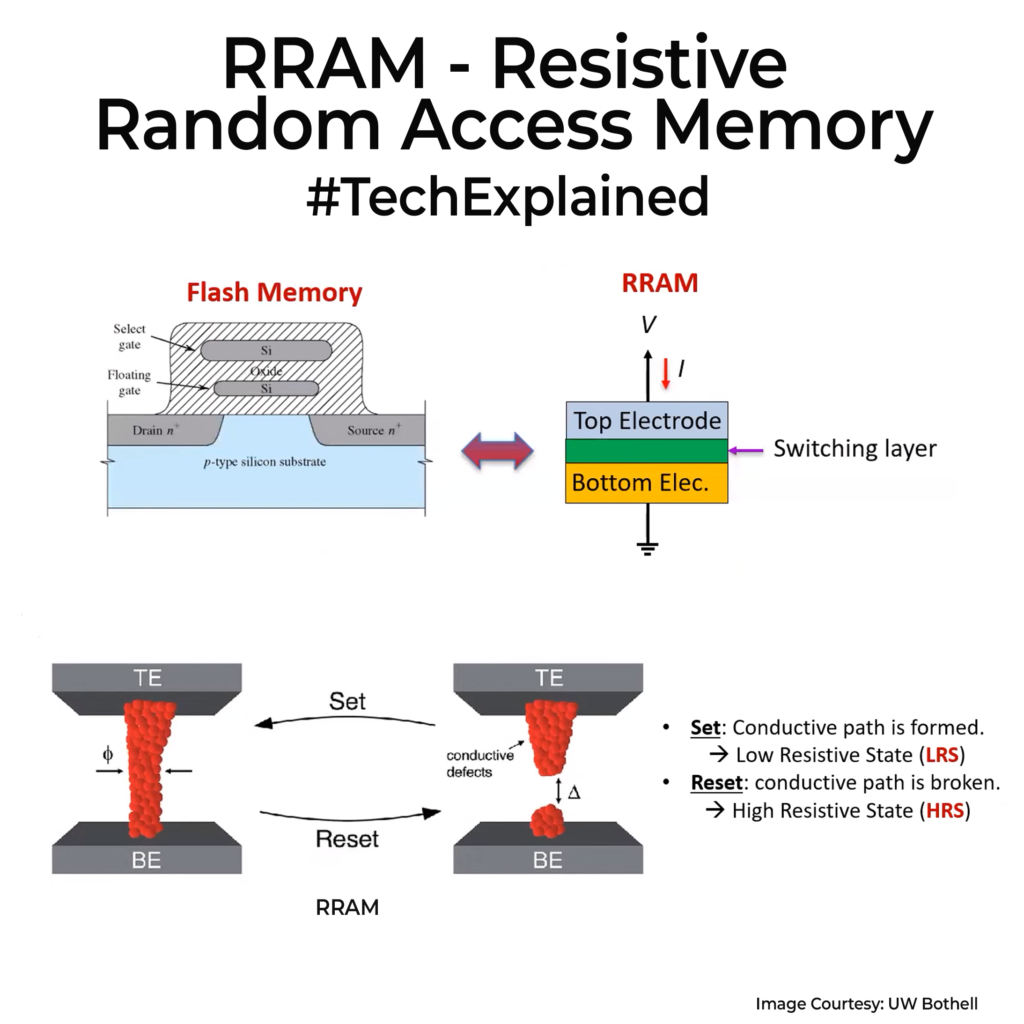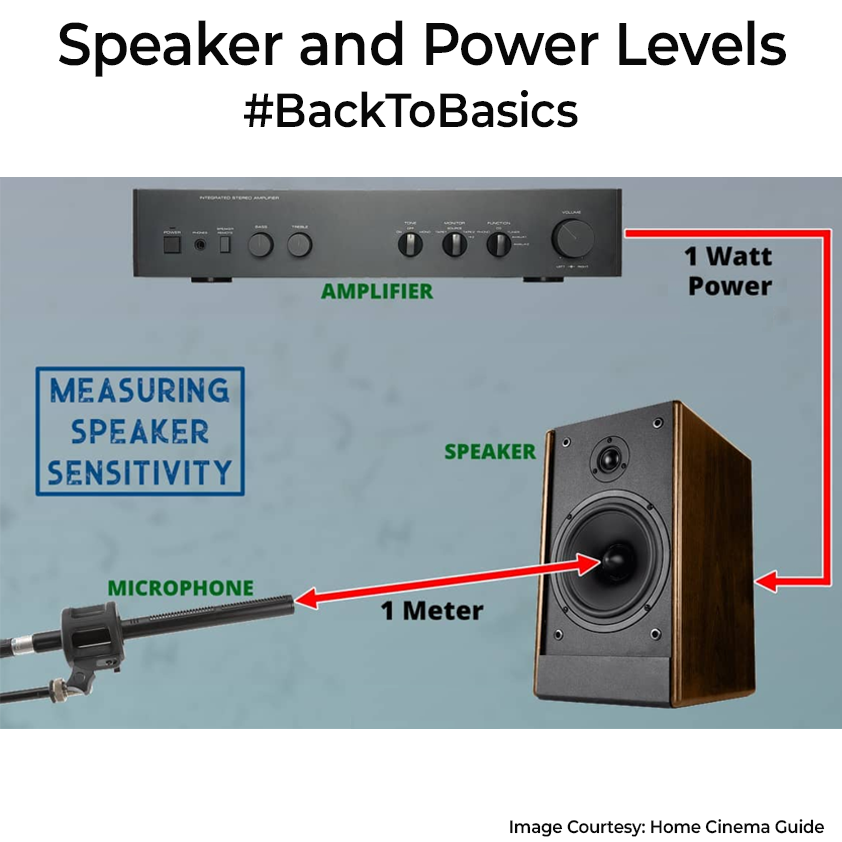I was looking up on the latest microcontrollers and noticed something interesting, the tech behind the non-volatile memory used to store code is shifting away from traditional Flash memory. When I read more, I saw it’s being replaced by something called RRAM (Resistive Random Access Memory). Thought I’d share about that today.

It’s essentially a very simple memory that stores data by changing resistance in a tiny metal-insulator-metal structure. An applied voltage creates microscopic conductive filaments, toggling between high and low resistance states for storing 1 or 0 permanently.
But why the shift away from Flash memory? Flash has been in embedded applications for a long time, but it struggles below roughly 28nm process nodes. Below these nodes, Flash integration gets complicated and expensive because of multiple extra masking steps, and isn’t naturally compatible with newer FinFET transistor technologies. That’s one reason why you see some microcontrollers not having on chip flash memory and rely on external flash chips like RPI Pico series. Flash still offers proven reliability and high density for nodes above 28nm.
RRAM uses a simpler structure that’s easily integrated into advanced FinFET nodes below 10nm. This drastically simplifies system design, reduces costs, and saves board space. RRAM is also better than Flash in many areas. It writes data at around 10ns, supports multi-level storage for greater density, similar data retention time(>10yrs) and consumes much less power. These make RRAM ideal for embedded uses, like firmware updates, fast booting, data logging, and sensor data storage in IoT and automotive systems.
Personally, I think the shift towards RRAM is great because it brings the best features of Flash and DRAM by combining non-volatility with high speed, scalability, and energy efficiency.
BTW: The energy needed to switch a single bit in RRAM is just a few femto-joules. That’s roughly the same energy our brain uses to fire a single synapse. Low power indeed.
